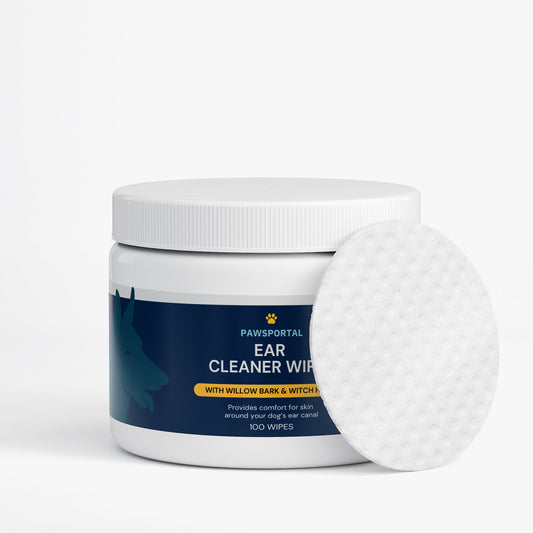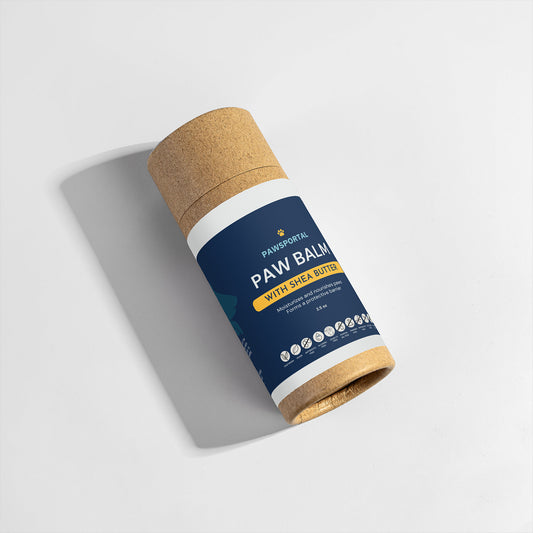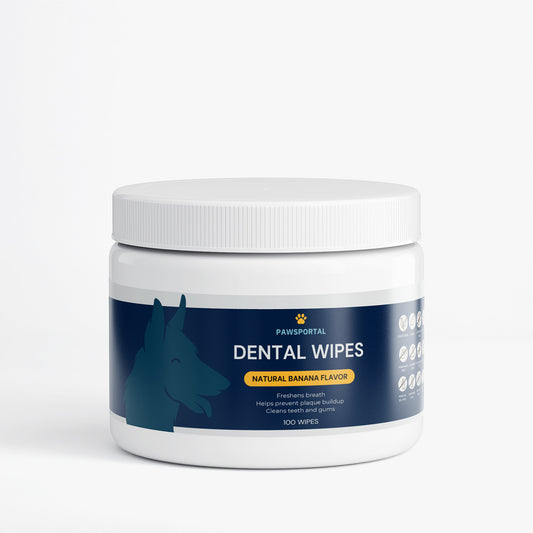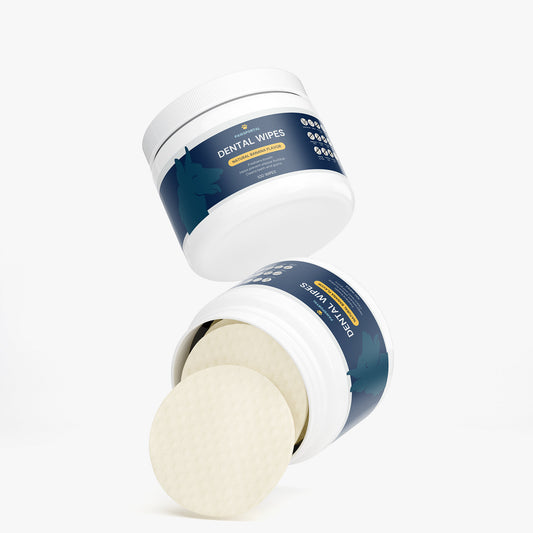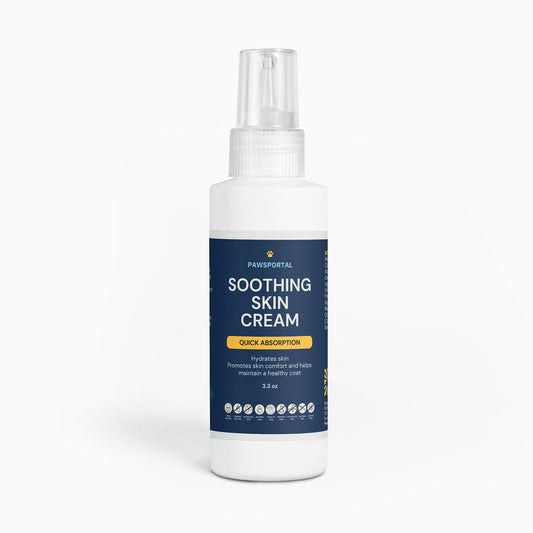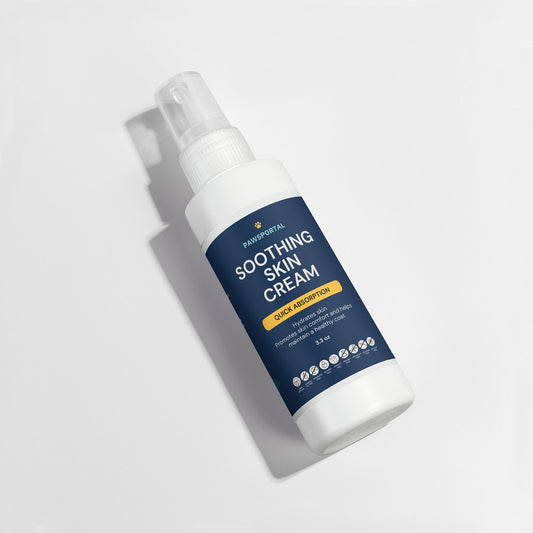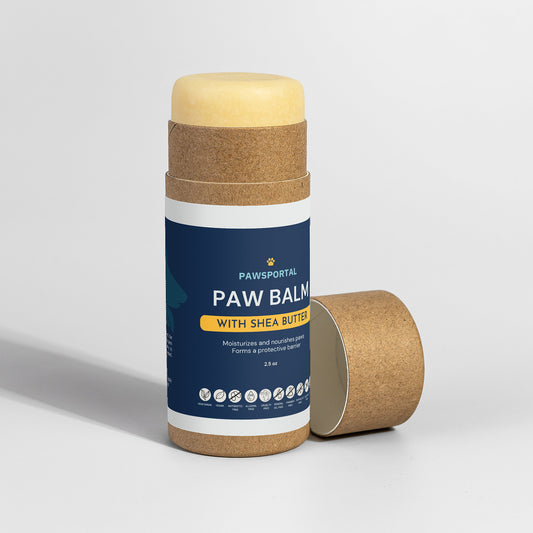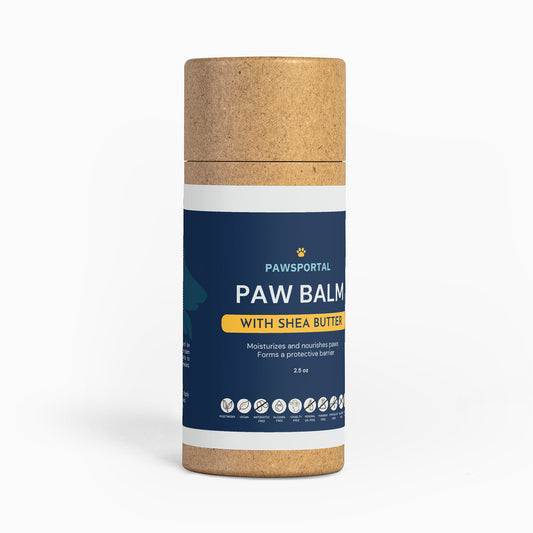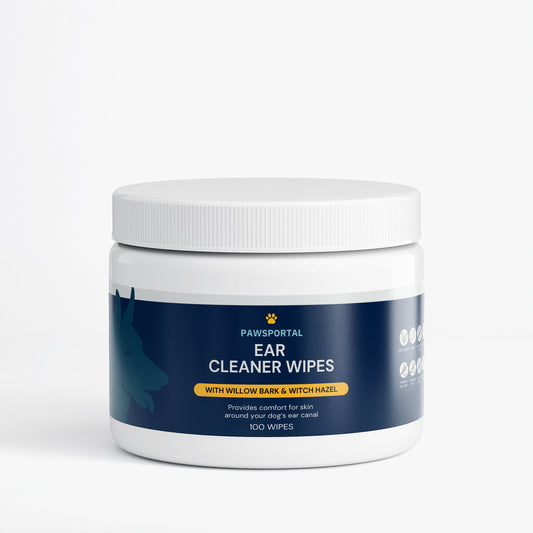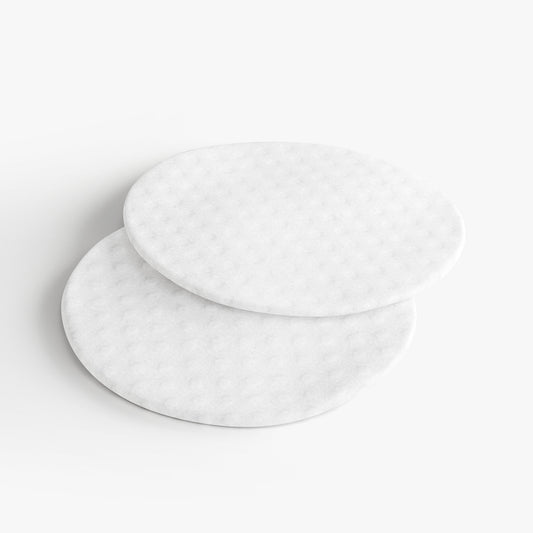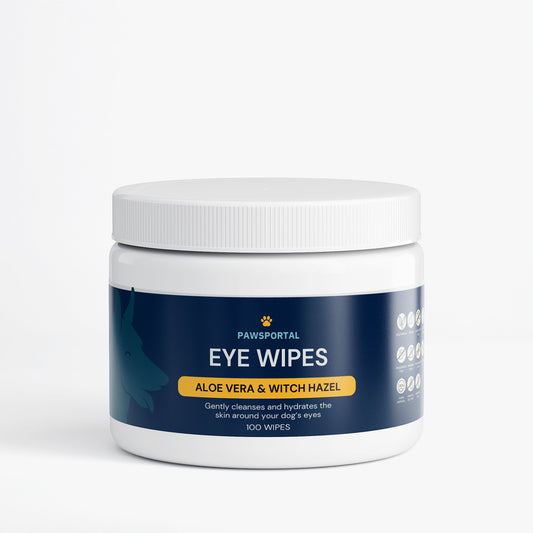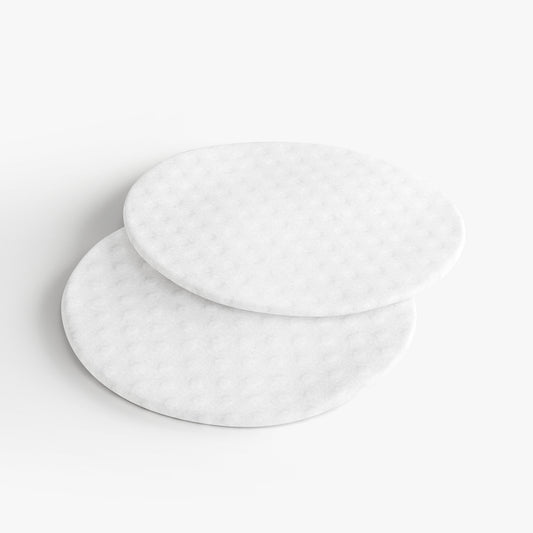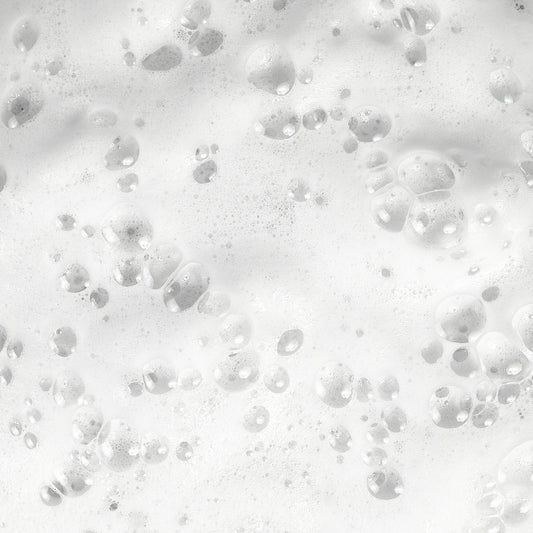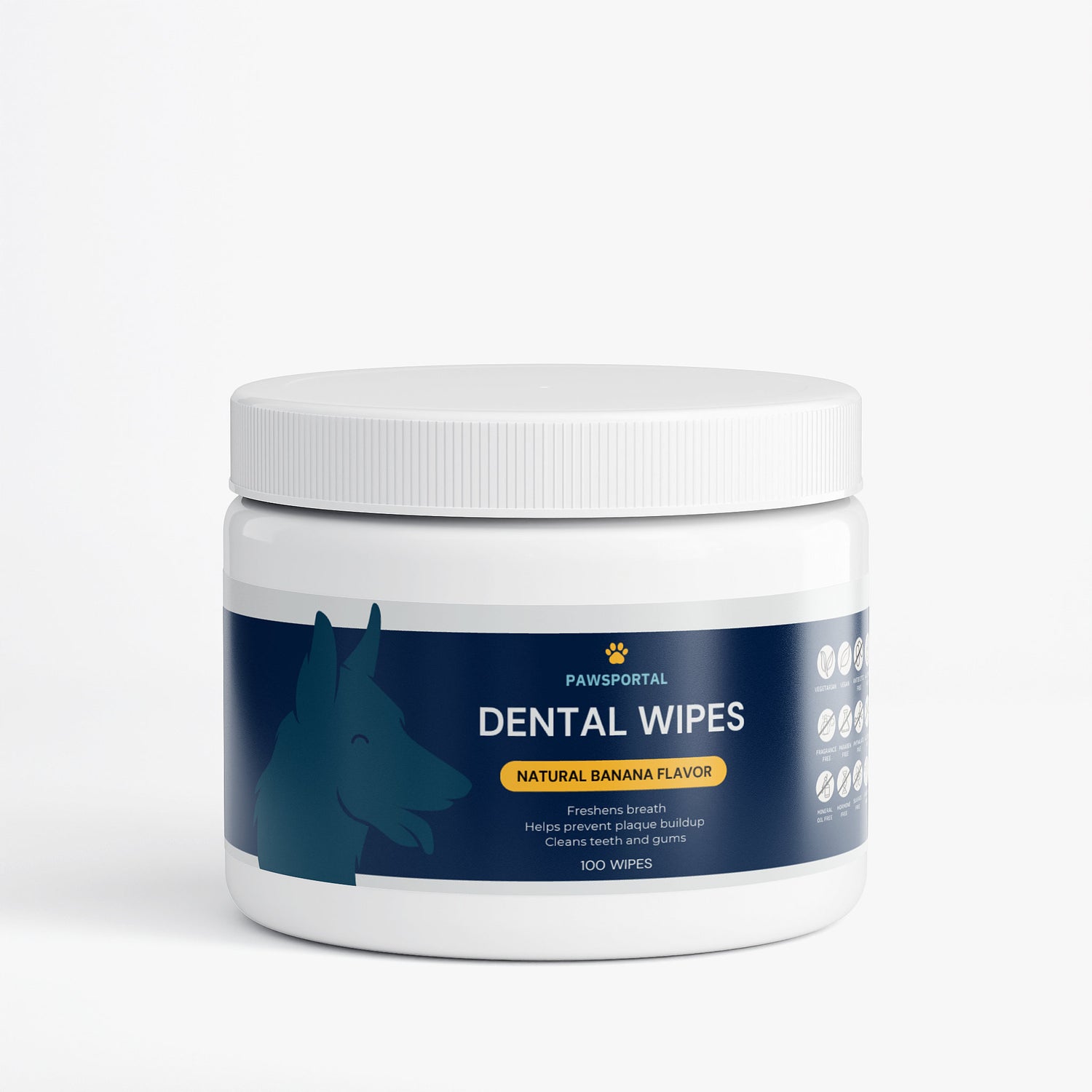
Pale Gums in Dogs: A Comprehensive Guide to Causes, Treatment, and Prevention
Share
Your dog’s gums are more than a marker of oral health—they’re a window into their overall wellness. Healthy gums should be moist and pink, much like bubble gum. If your dog’s gums appear pale, white, or gray, it could signal an underlying health issue that requires immediate attention. This guide explores the causes, diagnostic steps, treatment options, and preventative measures to help modern dog moms ensure their furry companions stay happy and healthy.
______________________________________________________________________________________________
 What Are Pale Gums in Dogs?
What Are Pale Gums in Dogs?
Pale gums are characterized by a loss of the normal pink color in a dog’s gum tissue. This symptom often indicates reduced blood flow or oxygenation and may be accompanied by other clinical signs such as lethargy, weakness, or changes in appetite.
How to Check Your Dog’s Gums
- Lift the Lip: Gently lift your dog’s upper lip to expose their gums.
- Press and Release: Apply light pressure to the gum with your finger and release. Healthy gums should turn white under pressure but return to pink within 1–2 seconds.
- Observe Color and Texture: Pale gums may appear light pink, white, grayish, or dry rather than moist.
If the color does not return promptly or if the gums remain pale, it’s time to consult a veterinarian.
______________________________________________________________________________________________
Common Causes of Pale Gums in Dogs
Pale gums can result from various conditions ranging from mild dehydration to life-threatening emergencies:
1. Anemia
Anemia occurs when there are insufficient red blood cells to carry oxygen throughout the body. Causes include:
- Blood loss (trauma, internal bleeding, or parasites like fleas and ticks).
- Chronic diseases (kidney disease, cancer, or immune-mediated hemolytic anemia).
- Nutritional deficiencies (iron or vitamin B12 deficiencies).
2. Shock
Shock is a critical condition caused by a sudden drop in blood flow due to trauma, severe allergic reactions, systemic infections, or dehydration. It triggers vasoconstriction in peripheral vessels, diverting blood to vital organs and leaving gums pale.
3. Internal Bleeding
Bleeding within the abdomen or chest due to injury, splenic tumors, or conditions like gastric dilatation-volvulus (bloat) can reduce circulating blood volume. Bloat is particularly urgent, as it may cause pale gums alongside a distended abdomen and retching.
4. Blood Parasites
Parasites like heartworms or Babesia destroy red blood cells, leading to anemia. Tick-borne illnesses are a common culprit, especially in regions with high tick populations.
5. Poisoning
Toxins such as rodenticides, heavy metals, or household chemicals can inhibit clotting factors or damage red blood cells, resulting in pale gums and systemic collapse.
6. Hypothermia
Severe drops in body temperature reduce blood flow to extremities, causing gums to pale. This is common in dogs exposed to cold environments for prolonged periods.
______________________________________________________________________________________________
The Biology Behind Pale Gums: Linking Oral Health to Systemic Wellness
The gums’ color reflects the efficiency of oxygen delivery and circulatory health. Red blood cells contain hemoglobin, which binds oxygen in the lungs and releases it to tissues. When hemoglobin levels drop—due to anemia, blood loss, or poor perfusion—the gums lose their pink hue.
Moreover, oral health is deeply interconnected with systemic health. For example, periodontal disease allows harmful bacteria to enter the bloodstream, increasing the risk of heart, kidney, and liver disease. This underscores the importance of holistic care that addresses both oral hygiene and broader physiological balance.
______________________________________________________________________________________________
When to Seek Veterinary Care
Pale gums should never be ignored—they are often a sign of serious underlying conditions that require prompt attention. Contact your veterinarian immediately if you notice pale gums along with:
- Vomiting or diarrhea
- Severe lethargy or collapse
- Difficulty breathing or rapid heart rate
- Swollen abdomen or signs of pain
______________________________________________________________________________________________

Diagnostic Steps for Pale Gums
When you bring your dog to the vet for pale gums, they may perform several tests to identify the underlying cause:
- Physical Examination: Assess vital signs, capillary refill time, and abdominal palpation for masses or fluid.
- Blood Work: A complete blood count (CBC) evaluates red blood cell levels, while chemistry panels check organ function.
- Imaging: X-rays or ultrasounds detect internal bleeding, tumors, or organ enlargement.
- Urinalysis and Fecal Tests: Rule out parasites or urinary tract infections contributing to anemia.
______________________________________________________________________________________________
Treatment Options for Pale Gums in Dogs
The treatment plan will depend on the underlying cause of pale gums:
- Blood Transfusions: For severe anemia or acute blood loss.
- Fluid Therapy: IV fluids stabilize dogs in shock or dehydration.
- Surgery: Required for conditions like splenic tumors or bloat.
- Medications: Antibiotics for infections, steroids for immune-mediated anemia, or antiparasitics for blood parasites.
______________________________________________________________________________________________
Functional Medicine: A Holistic Approach to Canine Health
Functional medicine focuses on identifying and treating root causes rather than just symptoms. This approach is particularly valuable for chronic conditions linked to pale gums, such as anemia or kidney disease. Key strategies include:
1. Gut-Oral Axis Support
Probiotics like Lactobacillus species balance the oral and gut microbiomes, reducing harmful bacteria that contribute to periodontal disease and systemic inflammation.
2. Dietary Modifications
- Anti-inflammatory diets: Rich in omega-3 fatty acids (e.g., fish oil) to reduce inflammation.
- Novel proteins: For dogs with food allergies linked to immune-mediated anemia.
3. Detoxification Support
Herbs like milk thistle or dandelion root enhance liver function, aiding in toxin clearance—critical for dogs exposed to pesticides or heavy metals.
______________________________________________________________________________________________
Preventing Pale Gums in Dogs
Proactive care reduces the risk of conditions leading to pale gums:
1. Regular Veterinary Checkups
Annual exams and fecal tests catch parasites, anemia, or organ dysfunction early.
2. Parasite Prevention
Use flea/tick preventatives and heartworm medication to avoid blood-borne parasites.
3. Hydration and Nutrition
- Provide fresh water to maintain blood volume and circulation.
- Offer raw bones or dental chews to reduce plaque and stimulate gum health.
4. Stress Reduction
Chronic stress weakens the immune system. Adaptogens like ashwagandha or CBD oil can mitigate anxiety.

______________________________________________________________________________________________
Final Thoughts
As a dedicated pet parent, you understand that small changes—like pale gums—can signal larger health concerns requiring swift action. By integrating functional medicine principles and regular health checks with medical professionals, you empower yourself with tools to address issues holistically. This approach not only enhances your dog’s quality of life but also strengthens your bond through attentive, science-backed care.
Pale gums in dogs are more than just an oral health issue—they’re often an indicator of serious underlying conditions affecting your pup’s overall health. By understanding potential causes like anemia, shock, or internal bleeding—and seeking veterinary care promptly—you’re ensuring your dog receives the best possible treatment. Pairing conventional medicine with functional approaches, such as probiotic support and dietary adjustments, offers a comprehensive strategy for long-term wellness. Remember, your vigilance is one of the greatest gifts you can give them.
Stay informed and stay proactive. You’re ensuring your dog lives their happiest, healthiest life—one pink gum at a time.
______________________________________________________________________________________________
RELATED ARTICLES
- https://www.petmd.com/dog/symptoms/pale-and-white-gums-dogs
- https://naturvet.com/blogs/tips-and-tricks/a-dogs-gums-the-comprehensive-guide
- https://www.vets-now.com/pet-care-advice/pale-gums-in-dogs/
- https://bulverdeanimalhospital.com/blog/pale-dog-gums/
- https://petsbestlife.com/blog/pale-gums-in-dogs/
- https://www.dogsnaturallymagazine.com/10-tips-to-help-prevent-and-treat-dental-disease-in-dogs/
- https://www.thenaturalpetdoctor.com/blog/improve-your-pets-gut-health-the-role-of-natural-dental-care-for-pets
- https://thenaturaldogstore.com/blogs/health/natural-dental-care-for-dogs
- https://www.thesprucepets.com/what-does-the-color-of-your-dogs-gums-mean-4686101
- https://www.aryaacupuncture.com/blog-veterinarian-care/functional-medicine-for-pets
- https://pawsandclawsanimalhospital.com/functional-medicine-for-dogs/
- https://www.cupolaanimalhospitals.com/services/dogs/integrative-alternative-medicine

